Introducing… The Habanero Pepper
Pronunciation:
The habanero is pronounced: hah bahn air oh, or, ah bahn air oh, without the leading ‘h’ sound. You’ll hear it said both ways. When used in English, it is sometimes spelled (and pronounced) habanero.
Color:
Unripe habaneros are green and they color as they mature, but the color at maturity varies. Common colors are orange and red, but white, brown, yellow, black, brown and pink are also seen. Similar to other peppers, the Habanero has a thin waxy flesh.
Taste:
The habanero’s heat, its fruity, citrus-like flavor, and its floral aroma has made it a popular ingredient in hot sauces and spicy foods.
Size:
Typically, a ripe habanero chili is 1 to 2.5 inches long.
Heat:
Most habaneros rate 200,000 to 300,000 Scoville heat units. The piquancy varies greatly from one fruit to another with genetics, growing methods, climate, and plant stress. The habanero is the hottest chili pepper you’ll find in your local grocery stores, and they are very, very hot. Researchers in Texas created a mild version of the habanero, but retained the traditional aroma and flavor. The milder version was obtained by crossing the Yucatán habanero pepper with a heatless habanero from Bolivia over several generations. These mild habaneros became available in 2004. The oil in the habanero, as well as many other hot chilies, can be very painful if you get it in your eyes or on open wounds on your hands. The sensation of extreme heat from the Habanero can stay on the tongue for 20 minutes or more. The stomach and intestines can also feel that sensation, and in some cases, stomachaches and digestive discomfort follow.
Origination:
The habanero chili comes from the Amazona region, and from there it was spread through Mexico. One domesticated habanero, which was dated at 8,500 years old, was found at an archaeological dig in Peru. An intact fruit of a small domesticated habanero, found in pre-ceramic levels in Guitarrero Cave in the Peruvian highlands, was dated to 6500 BC. The habanero was carried north to the Caribbean via Colombia. Upon its discovery by Spaniards, the habanero chili was rapidly disseminated to other adequate climate areas of the world, to the point that 18th-century taxonomists mistook China for its place of origin and called it Capsicum chinense (“the Chinese pepper”).
Production:
Habaneros thrive in hot weather. As with all peppers, the habanero does well in an area with good morning sun and in soil with a pH level around 5 to 6 (slightly acidic). Today, modern producers include Belize, Panama, Costa Rica, Colombia, Ecuador, and parts of the United States, including Texas, Idaho, and California. While Mexico is the largest consumer, its flavor and aroma have become increasingly popular all over the world. Today, the largest producer is Mexico’s Yucatan Peninsula. Habanero chilies accompany most dishes in Yucatan, either in solid or purée/salsa form. The actual degree of heat varies greatly from one fruit to another with genetics, growing methods, climate, and plant stress.
The habanero is a perennial flowering plant, meaning that with proper care and growing conditions, it can produce flowers (and thus fruit) for many years. Habanero bushes are good candidates for a container garden. In temperate climates, though, it is treated as an annual, dying each winter and being replaced the next spring. In tropical and subtropical regions, the habanero, like other chilies, will produce year round. As long as conditions are favorable, the plant will set fruit continuously.


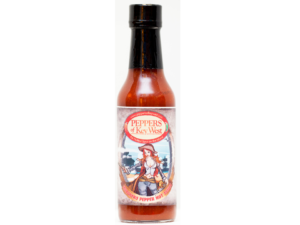
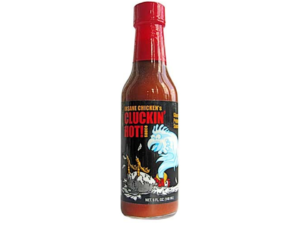
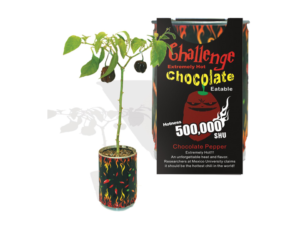
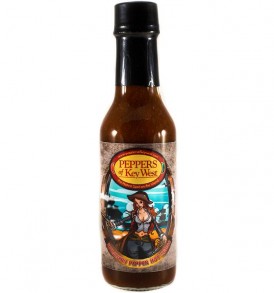
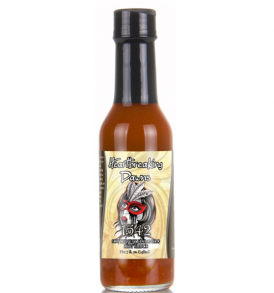


Leave a Reply